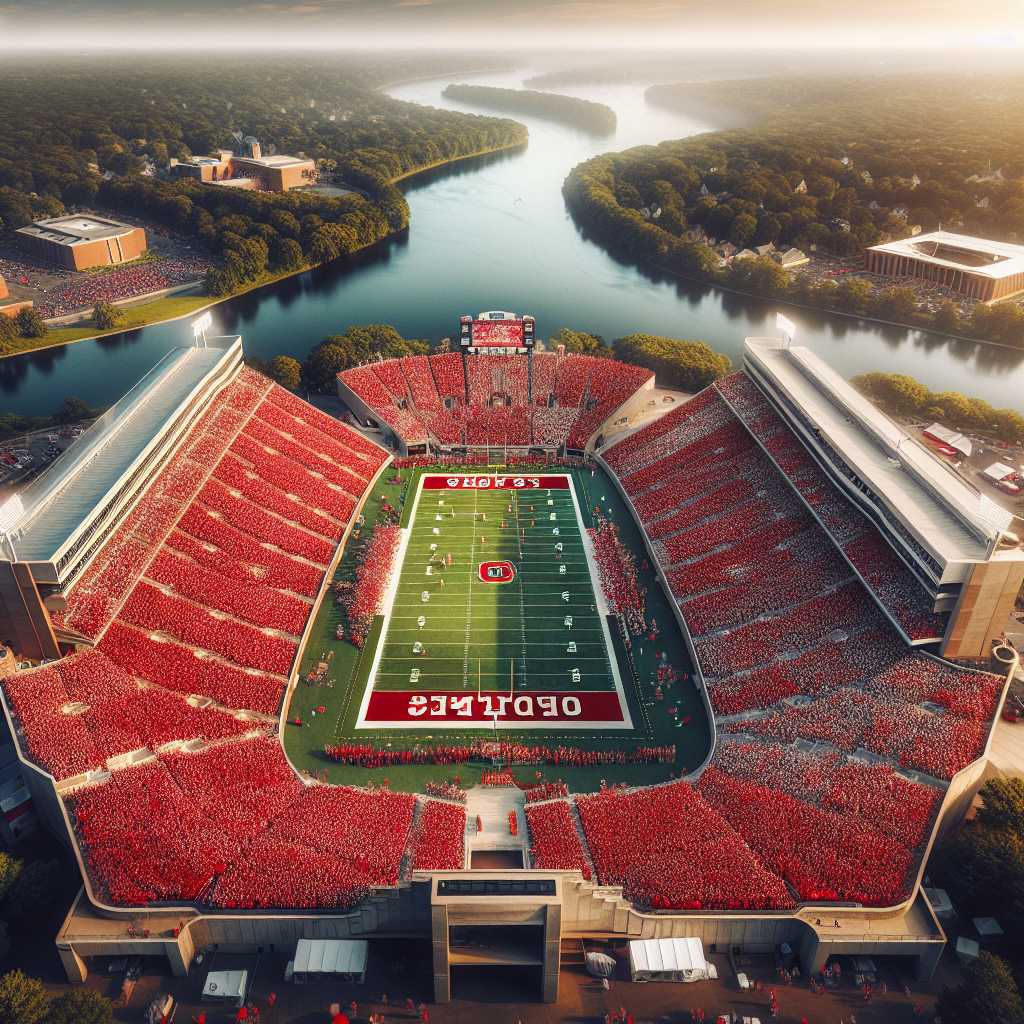The History and Evolution of Rutgers Football: From Origin to Modern Era
Rutgers University, situated in New Brunswick, New Jersey, is often recognized for its academic achievements but is equally celebrated for its storied past in the realm of college football. Known as the Scarlet Knights, the Rutgers football program has a rich history that dates back to the 19th century and has undergone numerous developments over the years, evolving into a recognizable name in collegiate athletics.
Establishment of Rutgers Football and The First Game
The Rutgers football team holds an eminent position in the history of American college football as they played what is widely regarded as the first intercollegiate football game. On November 6, 1869, Rutgers faced Princeton University (then known as the College of New Jersey) in a contest that bore a closer resemblance to rugby than modern-day American football. Rutgers emerged victorious in this inaugural match with a score of 6 to 4.
The Scarlet Knights: Development Through the Years
Throughout the late 19th and early 20th centuries, Rutgers football developed in fits and starts. They worked to improve their competitive status, joining the Middle Three Conference which included rivals Lehigh University and Lafayette College. Nonetheless, it was not until the second half of the 20th century that Rutgers commenced playing a full schedule against other collegiate teams.
It was in the 1970s when Rutgers started gaining national attention due to an uptick in its performance on the field. This recognition was spurred by a significant win against Tennessee in 1979. The success of these periods laid groundwork, branding Rutgers’ identity within college football’s expansive landscape.
Transition to Big East Conference and Big Ten Membership
In 1991, a new era started when Rutgers joined the Big East Conference which elevated the program’s competition level. Competing against elevated Opposition fostered growth and added prestige to Rutgers football.
The evolution took another significant turn when Rutgers became a member of the Big Ten Conference in 2014. This brought about greater challenges and opportunities, as they confronted perennial powerhouses like Ohio State and Michigan.
Recent Performances and Challenges
In recent seasons, Rutgers has experienced mixed results on the gridiron. While there have been notable triumphs that have attracted positive nationwide attention, inconsistencies and challenging matchups within the powerful Big Ten conference have tested the resilience and adaptability of the program.
Structure and Community Engagement
Beyond on-field performance, a college football program is also inherently intertwined within its community and educational institution. Rutgers football serves not only as a source of athletic spectatorship but also acts as a bonding agent for students, alumni, and enthusiasts within New Jersey and beyond.
Future Prospects for Rutgers Football
Looking toward the future, Rutgers hopes to build upon past victories and lessons learned from defeats. With recruiting enhancements, facility improvements, and committed coaching staff led by Greg Schiano in his second stint with the team since 2020, there’s optimism that accompanies this storied team.
